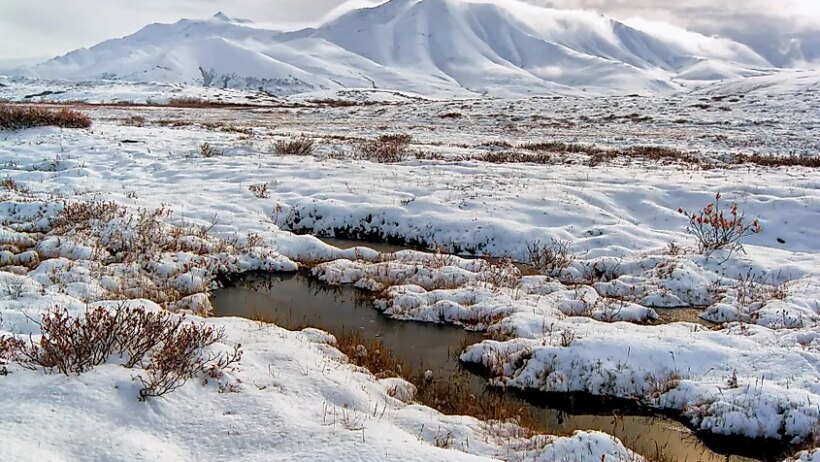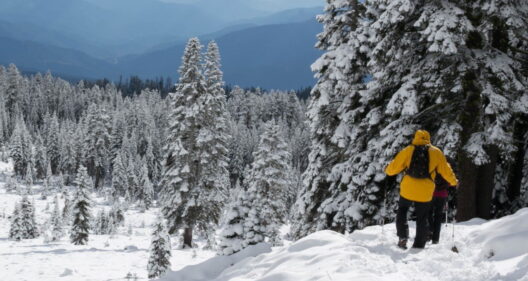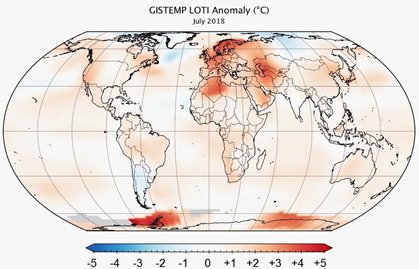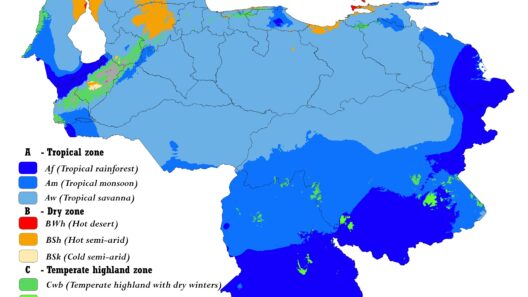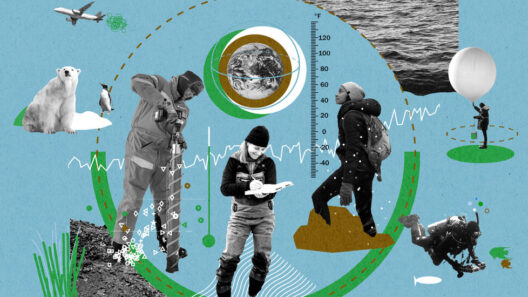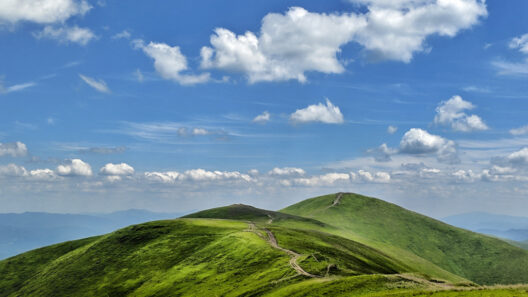The tundra, often dismissed as a barren wasteland, boasts a climate and ecosystem that are both profoundly complex and remarkably resilient. Situated primarily in the Arctic and subarctic regions, tundra environments provide a unique perspective on climate dynamics and their broader implications. Understanding the nuances of tundra climates sheds light on broader environmental issues, making this landscape deserving of a thorough examination.
Tundra regions are characterized by their frigid temperatures, notably chilly winters and cool summers. The average temperature during the cold season often plummets well below freezing, sometimes reaching as low as -30 degrees Celsius (-22 degrees Fahrenheit). In stark contrast, summer months may see temperatures soar to a comparatively balmy 10 degrees Celsius (50 degrees Fahrenheit). This seasonal variation underscores the dramatic fluctuating nature of tundra climates.
The moisture, or lack thereof, in tundra regions profoundly influences its climate. Precipitation levels are astonishingly low, averaging between 150 to 250 millimeters annually. This scant rainfall, primarily occurring in the form of snow, contributes to the region’s classification as a desert, despite the presence of vegetation. Much of the water that does fall remains locked in permafrost, a layer of permanently frozen subsoil that challenges plant growth. During the short summer, the top layer of the permafrost thaws, creating waterlogged conditions, garnering the intrigue of botanists and ecologists.
Another notable aspect that defines the tundra climate is its high susceptibility to climatic variations. The alpine tundra, found on high mountains, experiences fluctuations corresponding to altitude rather than latitude. Interestingly, both Arctic and alpine tundras share the same underlying climatic characteristics, despite their geographic divergence. Strikingly, as global temperatures rise, the tundra is beginning to exhibit signs of unprecedented warmth. These alterations serve as harbingers of profound changes, presenting an alarming shift in both local and global environmental paradigms.
Winter encompasses an extended duration of darkness in tundra regions, resulting in a phenomenon known as polar night. During this period, the sun barely scrapes the horizon, if at all, leading to an ethereal landscape cloaked in darkness. This relentless chill compels both wildlife and flora to adapt uniquely. For instance, various species of animals possess specialized physiology to endure extreme colds—migratory birds travel thousands of miles to escape this harsh environment, while others, like the Arctic fox, develop thick fur coats that are imperative for survival.
The vegetation of the tundra reflects its harsh climate. Predominantly consisting of mosses, lichens, and low-lying shrubs, the flora here displays remarkable adaptations to endure the cold and dryness. Both growth rates and biomass are stunted, a consequence of the short growing season and nutrient-poor soil. Yet, these resilient plants play an essential role in the ecosystem, which supports a fragile network of life. The tundra habitat must be viewed as a vibrant, albeit austere, environment brimming with adaptations honed over eons.
One of the most striking features of tundra climates is their perpetual vulnerability. As temperatures rise due to climate change, permafrost thaws, releasing trapped greenhouse gases like methane into the atmosphere. This creates a feedback loop that exacerbates global warming. The implications of this thawing extend beyond the tundra itself, as Arctic ecosystems are often interconnected with global climate dynamics. It raises the pertinent question: Are we prepared to confront the consequences of our actions?
The shift in perspective regarding tundras is essential. These regions, far from being desolate landscapes, represent crucial components of the Earth’s climate system. They act as carbon sinks, storing vast quantities of organic matter that influence carbon cycling and climate regulation. Understanding the intricate interplay between tundra ecosystems and climate is paramount for policymakers and environmentalists alike, highlighting the urgency of addressing climate change comprehensively.
Moreover, the cultural significance of the tundra cannot be overlooked. Indigenous peoples, who have thrived in these challenging environments for millennia, possess a wealth of knowledge about sustainable living in harmony with nature. Their insights into resource management, animal migrations, and ecological interdependence offer critical lessons as we navigate the modern-day climate crisis. Their traditional practices are not antiquated relics but rather are riddled with clues about resilience in an ever-changing climate.
Engaging with the tundra climate opens the door to a deeper understanding of our planet’s intricacies. The stark beauty of the tundra—its profound silence, its breathtaking landscapes, and its vibrant yet resilient fauna—compels mindfulness toward not only preserving these environments but also taking actionable steps toward ensuring their survival. Acknowledge the tundra for what it truly is: a barometer for our world’s future. In turn, may this foster greater environmental consciousness, urging humanity to work collectively towards a more sustainable and equitable future.
Ultimately, the climate of tundra regions, while cold, dry, and wild, serves as an emblem of resilience against the odds. Its intricate climatic patterns invite curiosity and engender a deeper appreciation for Earth’s diversity. Protecting the tundra is not just about saving a unique biome; it is about preserving the equilibrium of our planet. The time to act is now, and understanding the climate of tundra regions provides an imperative call to action for all who inhabit this Earth.



